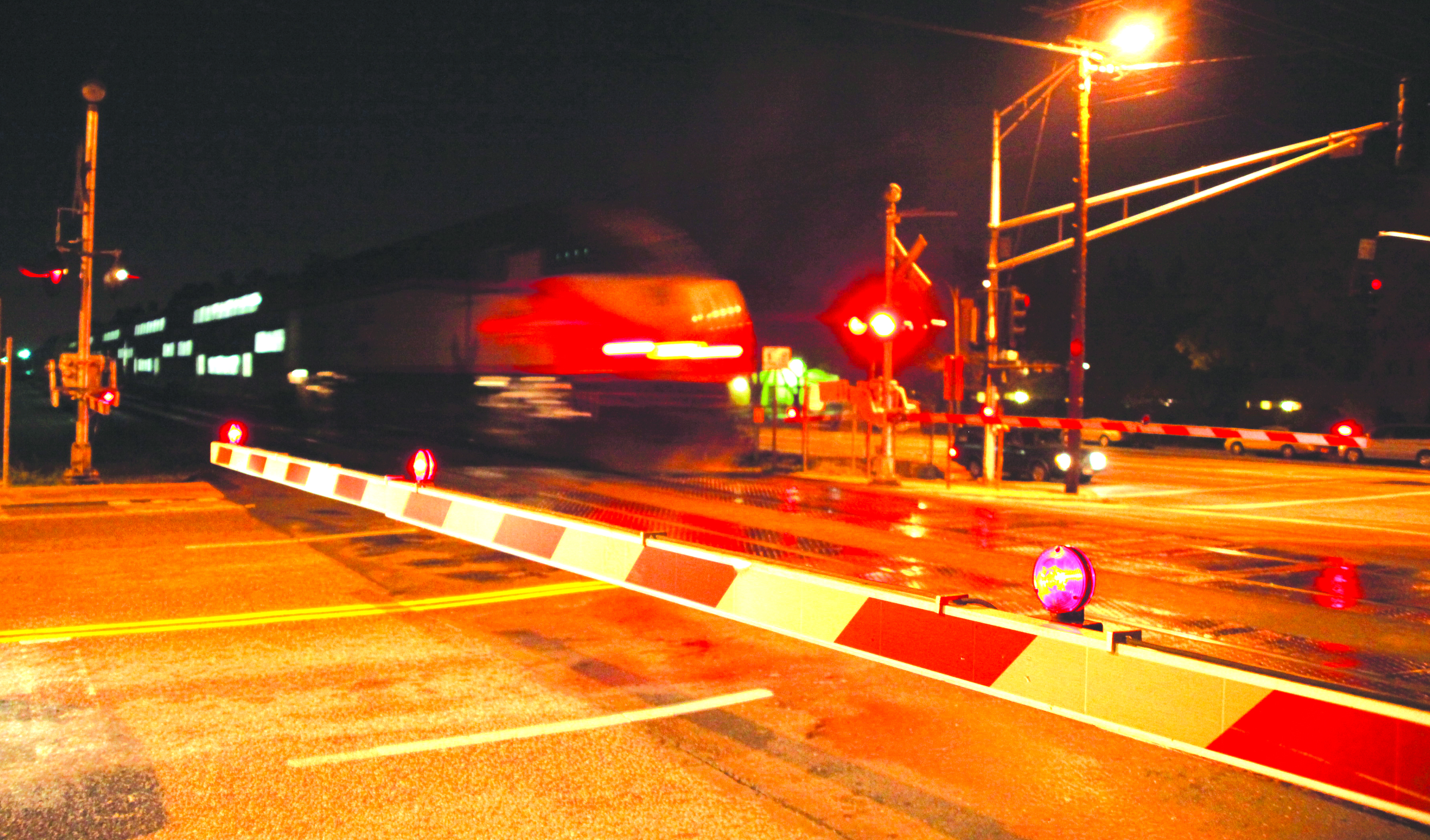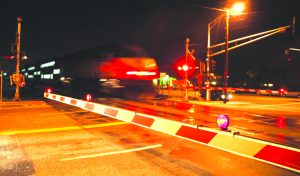
BY JEN NOWELL
Daily Post Staff Writer
The same company that installed the malfunctioning safety equipment on a railroad in Denver, which had drivers leaving their cars to push up the gate arms after trains rushed through, has been hired by Caltrain to install its system that will open and close the gates when the railroad switches to electric.
The system is called “constant warning time,” and it controls and the flashing lights, automatic gates and bells when a train is approaching.
Caltrain developed its own system for crossings, which it has used since 1999. But the current system will be incompatible once the Caltrain rails are electrified.
Caltrain is working with London-based Balfour Beatty — the same company that was hired by the Regional Transportation District to work on its train that goes from downtown Union Station to the Denver International Airport.
According to the Denver Post, the problems with the line included gates dropping when no train was approaching and at other times, the gates wouldn’t fully drop when a train was passing through.
Flaggers were stationed at each of the 10 crossings to help with traffic.
At an Atherton Rail Committee meeting in December, Zhenlin Guan, a project manager with Caltrain, told the committee that once Caltrain electrifies, the constant warning time system will be incompatible.
As part of the electrification project, the “design/builders” are required to come up with a new system that will replicate what the current constant warning time system does, Guan said.
He didn’t identify the “design/builder” by name at this meeting, but Guan did say Caltrain has hired the same company that put together the “exact same system” in Denver.
Caltrain spokesman Dan Lieberman confirmed that it is Balfour.
Guan said the company had the same problem in Denver, which it had to address out there.
“So it’s something they’ve done once already,” Guan said. “They’ve gone through that same process in Denver… so they have some experience in that. That’s not to say they’ve got it perfectly right… there is some stuff they need to work out with us.”
Guan added that it will take some time to get through.
Balfour didn’t return numerous calls from the Post over the last several months for comment.
Complex work
Installing a system to lift and lower the gates is a complex job. It will have to be compatible with a new safety system Caltrain is adding called Positive Train Control, or PTC. PTC automatically slows or stops a train if its engineer misses a signal or exceeds the speed limit. Congress made PTC a requirement for many railroads after a head-on collision between a Metrolink train and a Union Pacific freight train in Chatsworth in 2008 that killed 25 people and injured 135.
Another issue is that the gates will not only have to go up and down for electric trains but also diesel trains. That’s because Union Pacific also hauls freight on the Caltrain line and doesn’t plan to switch to electric locomotives. So Balfour is working with that railroad to get a system that works for its freight trains, Lieberman said.
Apples and oranges?
Lieberman said comparing Caltrain to Denver’s project is kind of like an “apples to oranges comparison.”
When asked to explain, Lieberman said Denver runs freight and passenger trains on separate tracks, unlike Caltrain, which shares the tracks.
He added that he doesn’t know enough about the situation in Denver, but the same concerns are not expected to come up here.
According to CBS 4 in Denver, technical problems on the train left passengers stranded in freezing temperatures in December.
Nadia Garas, a spokeswoman for Denver Transit Partners that operates the Denver airport train, confirmed with the Post in April that the system to raise and lower the gates has been problematic.
The railroad uses a wireless crossing activation system that has caused problems with the gates going down, Garas said. But she said the average delay for the gates was only about 10 seconds.
The problems with the timing stem from each train conductor operating the train differently and the length of time it takes for passengers to get off the train, Garas said.
The trains are still on time 90.4% of the time, she said.
Flaggers at crossings
As for the media reports, Garas said the flaggers were stationed at the crossings to monitor drivers, but the media read this as the gates not working as they should, when they are in fact operating as they were intended to. The flaggers are not there to watch the gate arms, she said.
Some TV reports showed drivers so fed up with the gates that they left their cars to move the gate arms themselves.
